Popular games for platform WonderSwan
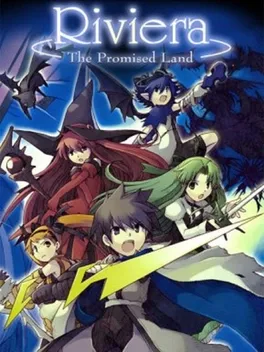
In Riviera: The Promised Land, you'll follow two fierce warriors--each armed with godly weapons--in a mission to defeat demons once and for all. The adventure included lets you experience more than 30 hours of role-playing gameplay, complete with minigames, multiple endings, and secret paths and items. The game's unique item system allows items to function differently depending on which characters equip them.
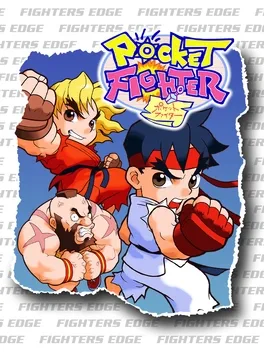
Pocket Fighter is a port of Super Gem Fighter Mini Mix. This version of the game add-in additional modes like Character Edit and Running Battle Mode. As can be expected due to the PlayStation's memory capacity, some of the Arcade release's graphics were removed, such as certain scenes and in-game effects.
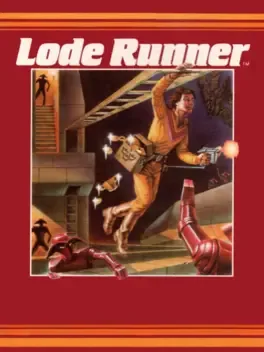
Lode Runner is a 1983 puzzle video game, first published by Brøderbund. It is one of the first games to include a level editor, a feature that allows players to create their own levels for the game. This feature bolstered the game's popularity, as magazines such as Computer Gaming World held contests to see who could build the best level.
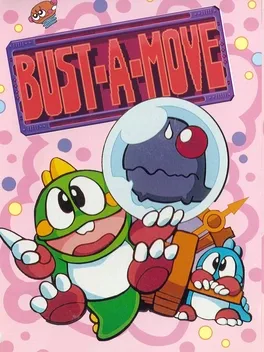
Bust-A-Move (also known as Puzzle Bobble) is a real-time puzzle game in which the player controls a device called "pointer" at the bottom of the screen, aiming and releasing randomly colored bubbles upwards. Depending on the aiming, the bubbles may float up directly or bounce off the walls, changing their trajectory. The goal is to aim the bubbles in such a way that they will touch identically colored ones. When such bubbles form a group of three or more, they pop and disappear from the screen. If the ceiling of the area is covered by too many bubbles, it will gradually descend; the game is over when it nearly reaches the player-controlled pointer. Should the player fail to release the bubbles within a specific time limit, they will be released automatically, unaffected by the pointer's aiming.
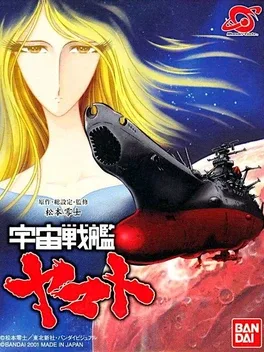
Uchuu Senkan Yamato is a Strategy game, developed by Tom Create and published by Bandai Visual, which was released in Japan in 2001.
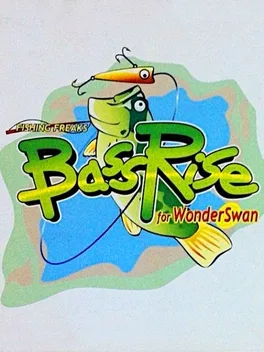
Fishing Freaks: BassRise for WonderSwan is a Sports game, developed by Bandai and published by Bec, which was released in Japan in 2000.
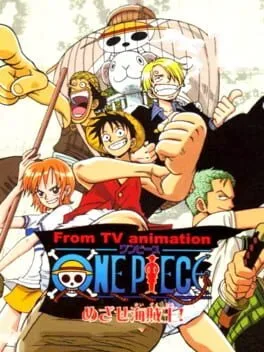
One Piece: Become the Pirate King! is the first video game to be based on the One Piece manga and anime. Gol. D Roger, the king of the pirates had obtained wealth, fame and power from people all over the world. Before his execution, he announced that he had left his treasure, the One Piece in a single place. Because of this, many pirates from all around the world set sail for the grand line. The time period was known as the "Great Pirate Era". Twenty years later a young man known as Monkey D. Luffy finally sets out to sea. This game is based on the East Blue saga and the first One Piece film.
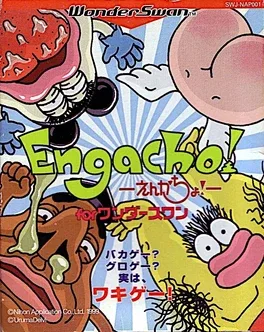
Engacho! is based on a popular Japanese children game. A little boy named Sunzuki wants to prove to his angry father that he is not a coward and can stand up against the terrible monsters of the Oops Five group. Those five guys are extremely ugly and can contaminate him with an awful disease the moment they touch him. Suzuki has to run away before they can catch up. Enter a room with the Oops Five monsters and move in different directions, while trying to avoid collision. The catch is that each monster has its own movement style. One of them will always imitate Sunzuki and move into the same direction as he; another will, on the contrary, move into the opposite direction, etc. By planning ahead, the player must make moves correctly and make it to the exit before Oops Five gets the boy. There are different modes in the game, such as training, in which the player faces just one monster of the player's choice and get used to its patterns; puzzle mode, which takes the player through a series of rooms with different shapes and monsters; and battle mode, in which the player is thrown into large rooms where all Oops Five members roam freely. Gameplay is turn-based.
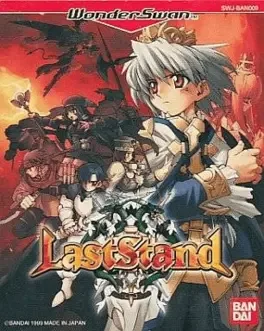
Last Stand is a Strategy game, developed by Soft Machine and published by Bandai, which was released in Japan in 1999.
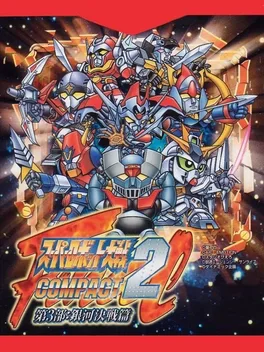
Super Robot Taisen Compact 2 Dai-3-Bu: Ginga Kessen-hen is a Strategy game, developed by TOSE and published by Banpresto, which was released in Japan in 2001.
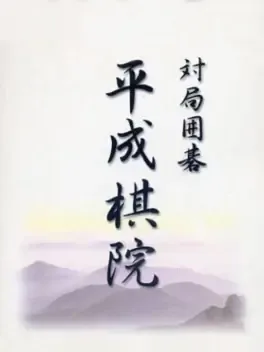
Taikyoku Igo: Heisei Kiin is a board game, developed and published by Success, which was released in Japan in 2000.
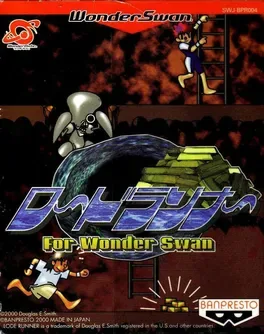
Lode Runner for WonderSwan is an Action game, developed by Aisystem Tokyo and published by Banpresto, which was released in Japan in 2000.
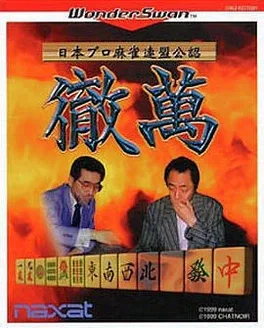
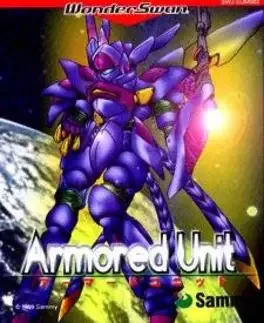
Armored Unit is a Strategy game, published by Sammy Studios, which was released in Japan in 1999.
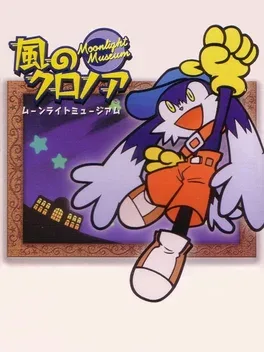
Klonoa and his friend Huepow come across a young crying girl who tells them that the moon has been divided into fragments and stolen by a mysterious group of artists that reside in the nearby Moonlight Museum. Determined to help, the duo rush off to the Museum's entrance, and once they come inside, they are greeted by a painter named Picoo who traps them inside a piece of artwork. Klonoa and Huepow must fight their way through five worlds within the Museum itself before finding the source of all their troubles and restoring the moon to the sky.

Uzumaki: Denshi Kaiki-hen is an Action game, published by Omega Micott, which was released in Japan in 2000.
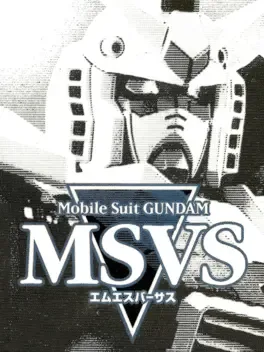
A simulation game. Players assume the role of an Anaheim Electronics test pilot as they utilize various Mobile Suits from Gundam's One Year War era.

SD Gundam: Emotional Jam is a Strategy game, developed by Tom Create and published by Bandai, which was released in Japan in 1999.
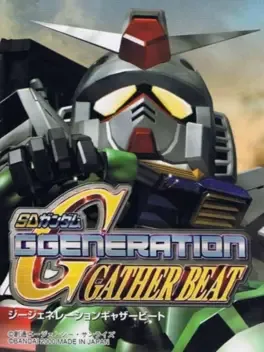
SD Gundam G Generation: Gather Beat is a Strategy game, developed by Vanguard Works and published by Bandai, which was released in Japan in 2000.
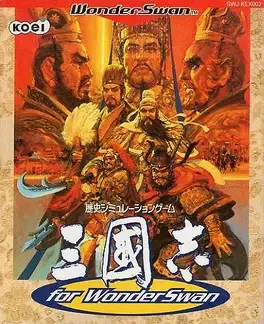
Sangokushi for WonderSwan is a Strategy game, developed by Koei/Inis and published by Koei, which was released in Japan in 1999.
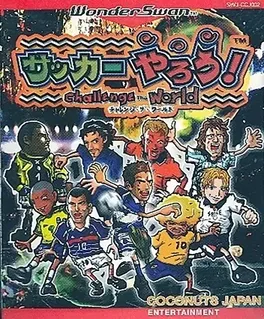
Soccer Yarou! Challenge the World is a Sports game, developed and published by Coconuts Japan, which was released in Japan in 1999.
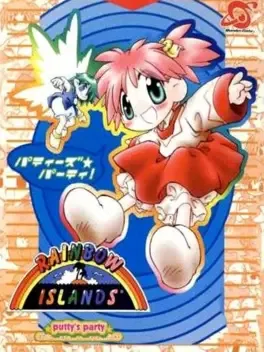
Rainbow Islands: Putty's Party is an Action game, developed by DigitalWare and published by MegaHouse, which was released in Japan in 2000.

Turntablist: DJ Battle is an Action game, developed and published by Bandai, which was released in Japan in 1999.

Super Robot Taisen Compact 2 Dai-2-bu: Uchuu Gekishin-hen is a Strategy game, developed by TOSE and published by Banpresto, which was released in Japan in 2000.